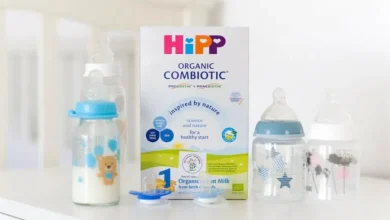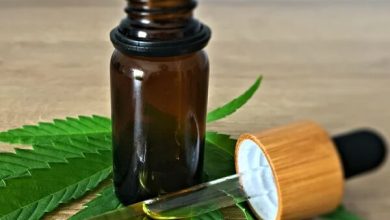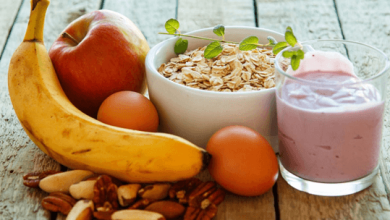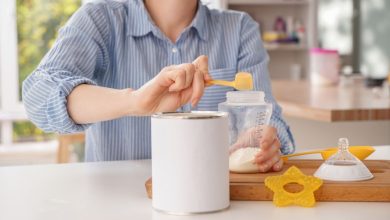Alternatives To Cow’s Milk Baby Formula
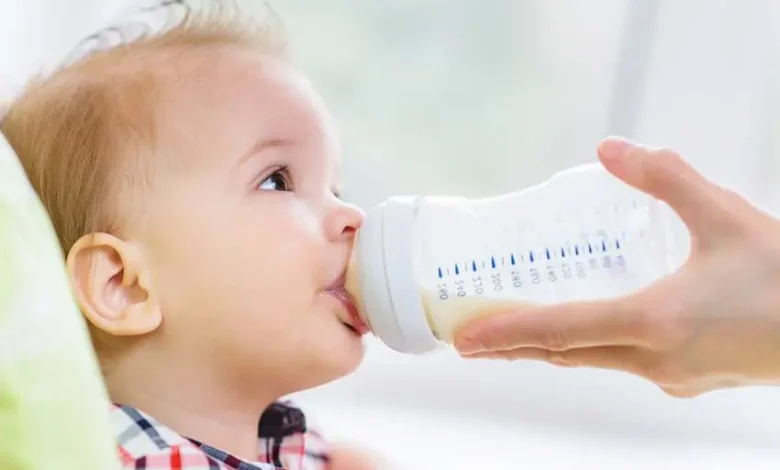
Although babies should always be given breast milk wherever possible, it is not always an option for all parents, thus leaving many of them struggling to decide what the best alternatives to use are for their baby. The good news is that the baby milk formula industry has grown and changed since it was first founded back in the early 20th century, and there are now lots of different options for parents to choose from.
Understanding what cow’s milk alternative baby formula; Kendamil Goat Stage 1 are appropriate to use and when, and what options should be given a wide berth, is vitally important for the safety and nutrition of your baby.
Breast Milk
Whilst not all moms can breastfeed their baby, there are some options available out there so that all babies can get some of the many benefits that come from this naturally occurring liquid. One of these is donor milk, e.g. breast milk that has been donated by another nursing mom.
This is a great choice for those moms who want their baby to receive breast milk, but are unable to produce it themselves or provide enough of it in order to sustain their baby’s nutrient requirements. Donor milk is simply breast milk that has been produced and donated by other lactating moms.
In a sense, donor milk is very much the modern day version of wet nursing, when lactating women would breastfeed and help to care for another woman’s baby. There are many different ways that moms can find donor milk for their baby. It can be formally obtained from local milk banks where donations are collected. Donor milk in these facilities is pasteurized and then tested for bacteria in order to ensure that it is safe to consume.
Donating moms are themselves tested for any specific illnesses that could be passed through their breast milk prior to being allowed to donate. Lots of local hospitals also participate in donor milk donation schemes, where those new moms that need it can access breast milk for their baby.
Second, many local groups exist with online forums whereby mom to mom donor milk is facilitated on an informal basis. Moms can meet up in person and exchange breast milk with one another, which is usually done in the form of frozen bags of milk. This option of course comes with more risk, as the milk is being shared directly, so good hygiene and sanitation cannot always be ensured.
Baby Formula
Another alternative to breast milk is baby formula. This is a man made form of liquid nutrition that is specifically designed to closely mimic the nutrient quality and composition of breast milk. It provides babies with a similar amount of calories, fat, and protein thanwhat breast milk does and is required to adhere to a whole bunch of federal regulations. This can be a plant based milk, such as almond milk or cashew milk, or it can also be a dairy product animal, such as goat’s milk.
The United States Food and Drug Administration (FDA) requires that baby formula contains a minimum amount of 29 different nutrients, with at least nine of them having specified levels that must not be exceeded.
There are a number of infant baby formula options available to parents, including dairy-based, soy-based, and hypoallergenic or hydrolyzed protein formulas, depending on the needs of your baby. Baby formula is also offered in different forms, such as powdered, concentrated liquid, and ready-to-feed liquid.
Baby Formula Alternatives
Those moms who cannot or are unwilling to breastfeed their baby may also be thinking if there are more natural alternatives to baby formula available. The short answer here is that breast milk or baby formula are the only two safe and appropriate primary sources of nutrition for babies that are under the age of one year old.
While there are various recipes for homemade baby formula that can be found online, this is by no means a safe way to feed your baby. Commercial baby formulas have been developed after extensive research, as well as comprehensive regulatory reviews and approvals in order to ensure that they are safe and an adequate source of nutrition for babies.
Making baby formula at home comes with the very real risks of malnutrition, contamination, and serious health consequences, and it is because of this why it should not be done. Furthermore, various scientific studies have found that most homemade baby formula recipes that can be found on the Internet have not been produced by trained healthcare professionals, and do not come with the medical disclaimers that they should. They also use some ingredients that are very high risk for children, like raw milk.
Tips For Preparing Baby Formula
When it comes to preparing baby formula, there are a few things that parents need to keep in mind.
First off, wash your hands thoroughly with soap and water in order to minimize the risk of contaminating the formula with potentially harmful germs. Everything else, including the workspace or countertop, as well as the bottles and utensils you’re using to prepare the formula, should also be fully sanitized.
Once the baby formula has been mixed as per the manufacturer’s instructions, it can be warmed up a little. While this is not necessary, it should never be done using a microwave due to the risk of uneven heating and overheating that is present. In the most severe cases, the milk could end up burning the baby’s mouth and / or throat.
For those parents using powdered formula, be sure to use water from a safe source in order to prepare it. Always follow the instructions to the letter in order to make sure the correct amount of water and powder are used. Once properly prepared, the baby formula then needs to be used within two hours or within one hour from when the baby first starts to drink it. Otherwise, prepared infant formula should be left in the fridge and used in 24 hours.






